Cutting-Edge Academic Building Tops Out in Arizona
McCarthy Building Cos. broke ground on the $192 million research facility at ASU in January 2019.
McCarthy Building Cos. has topped out Interdisciplinary Science and Technology Building 7, a roughly 281,000-square-foot research facility underway at Arizona State University in Tempe, Ariz. The construction company broke ground on the $192 million project in January 2019 and expects to complete it by December 2021.
Located on the southwest corner of University Drive and Rural Road near the 350-acre Novus Innovation Corridor, ISTB 7 will serve as a new gateway to ASU’s Tempe campus. Designed by Grimshaw Architects and Architekton to achieve LEED Platinum certification, the five-story building will encompass wet and dry laboratory space, a 389-seat conference and education center with a presentation hall, university classrooms and office spaces. The dry laboratory component could include computing, cybersecurity, engineering design and robotics spaces.
Upon completion, ISTB 7 will house the Julie Ann Wrigley Global Futures Laboratory, the Rob and Melani Walton Sustainability Solutions Service, the School of Sustainability and the Institute of Human Origins, as well as a five-story biome.
The development site is roughly 1 mile southeast of downtown Tempe, close to entertainment, shopping and dining options. An under-construction bridge will connect the building to the University/Rural light rail station and Novus Innovation Corridor Phase III, which includes a newly completed Hyatt double-branded hotel and a 160,000-square-foot office building.
Sustainability features
Thornton Tomasetti provided sustainability services to the project’s architecture team to reduce the building’s operational energy, water demand and embodied carbon. The project harnesses innovative practices including concrete admixtures and BubbleDeck, a patented void form structural deck system that uses hollow plastic balls to eliminate the use of a large percentage of structure concrete.
Building materials incorporate ASU’s own scientific research on integrated carbon-capture technology. Air currents, evapotranspiration and photovoltaics will be used for saving and producing reusable energy. Additionally, the facility will treat and recycle sewage for use as greywater using low-energy, bio-based systems.

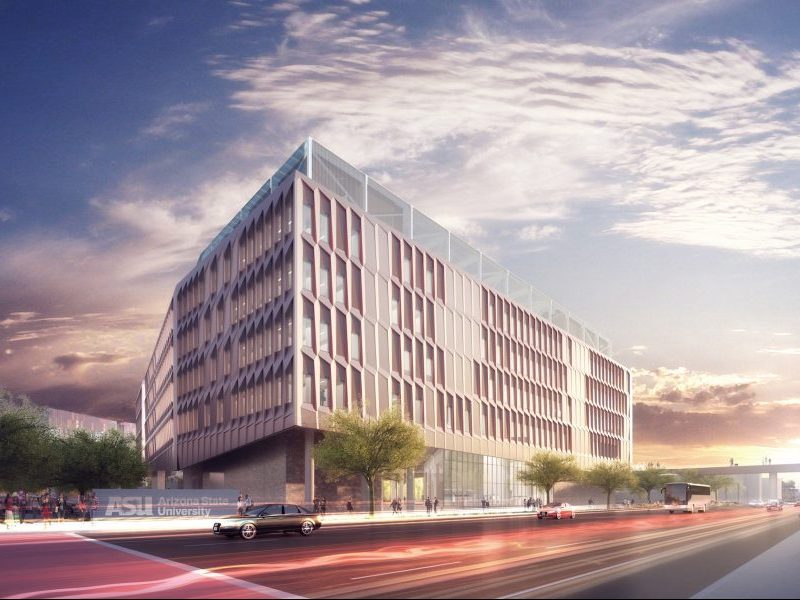
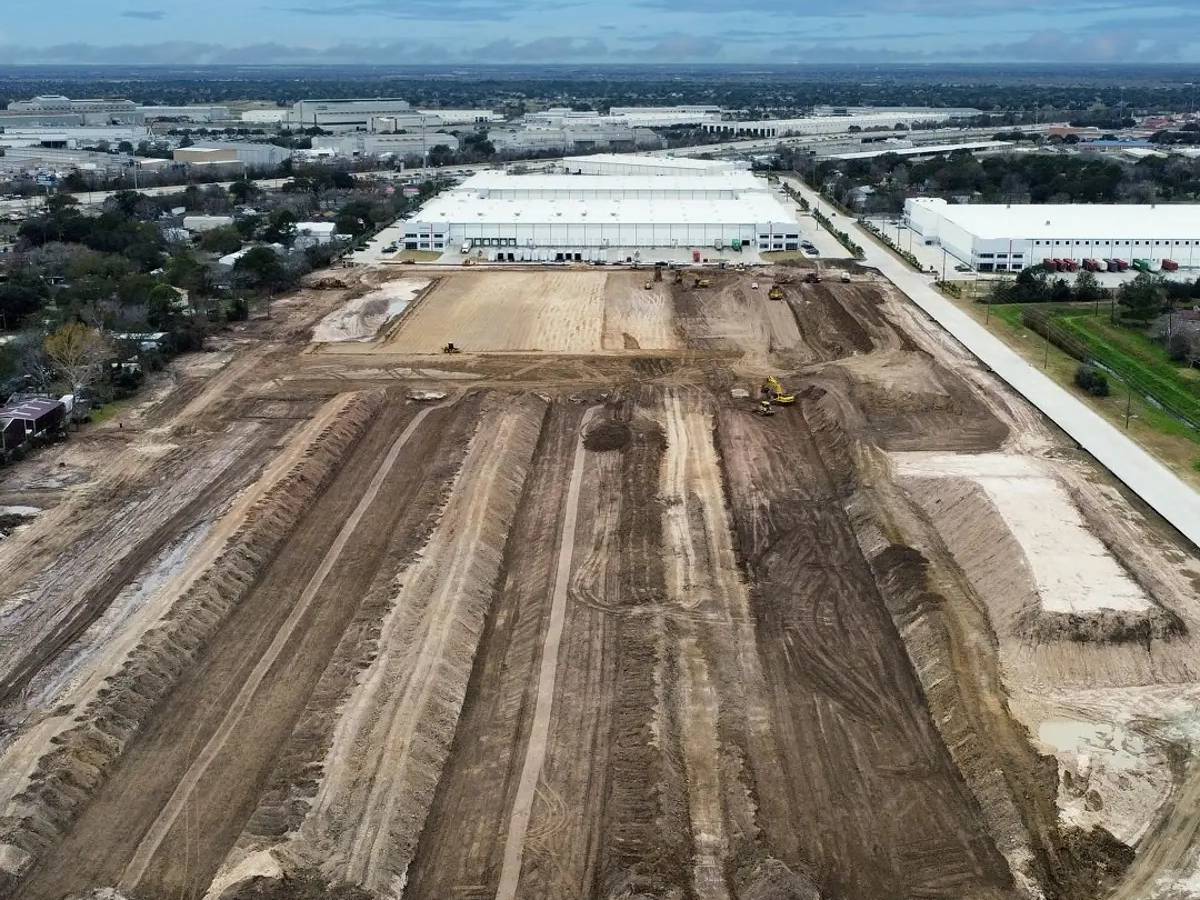
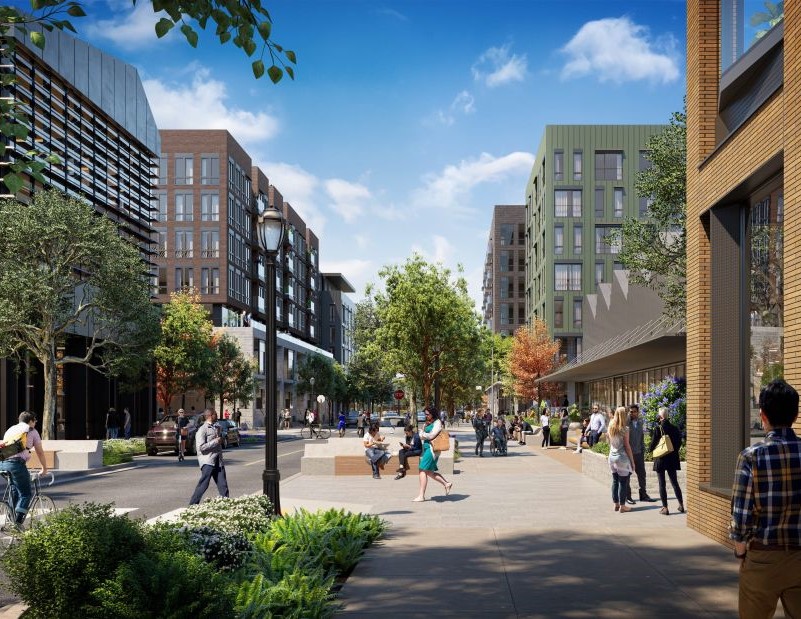
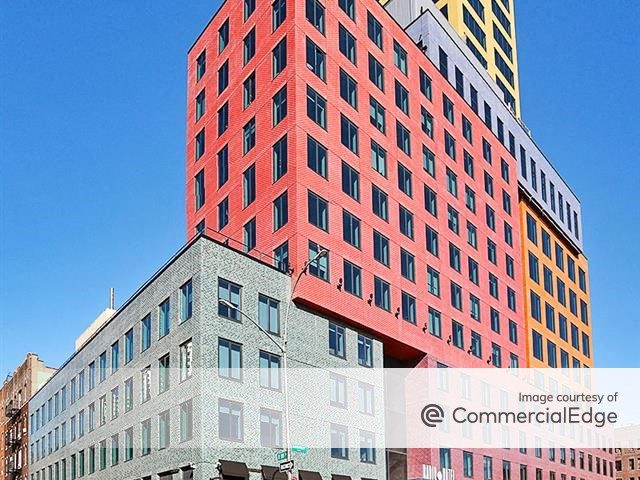


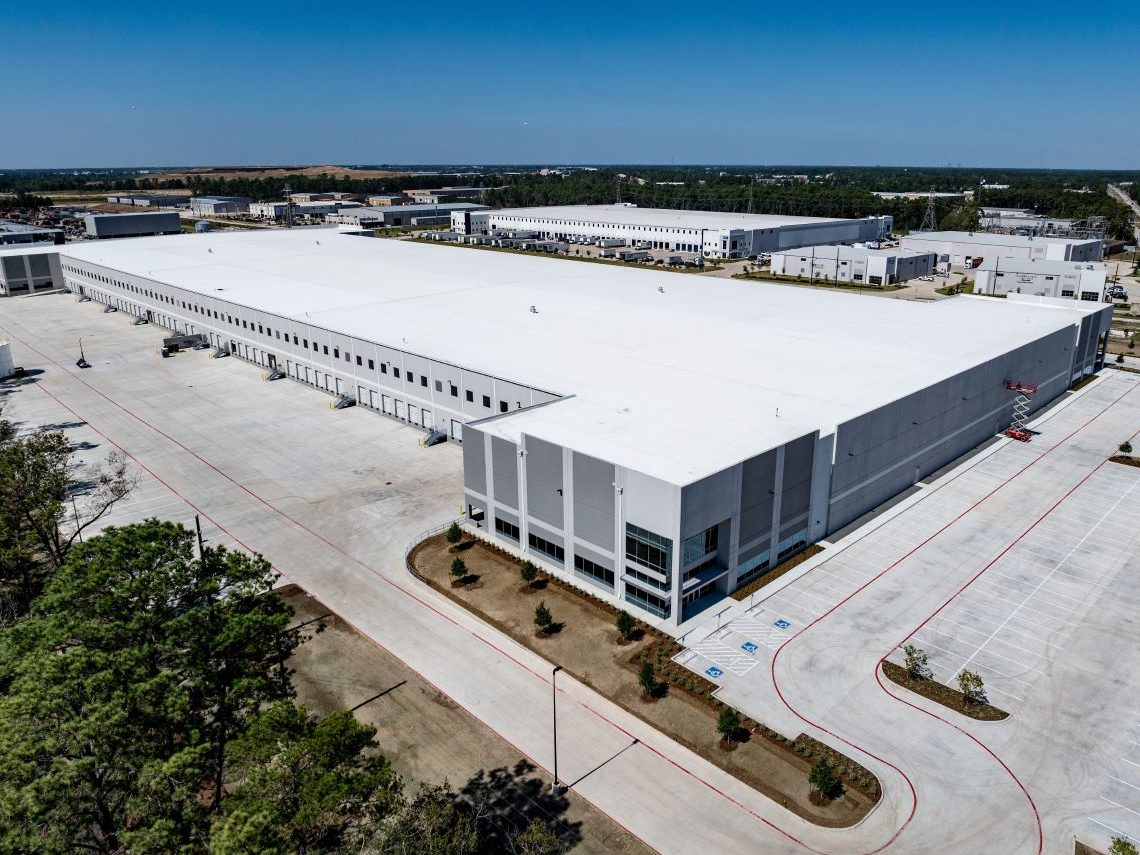
You must be logged in to post a comment.